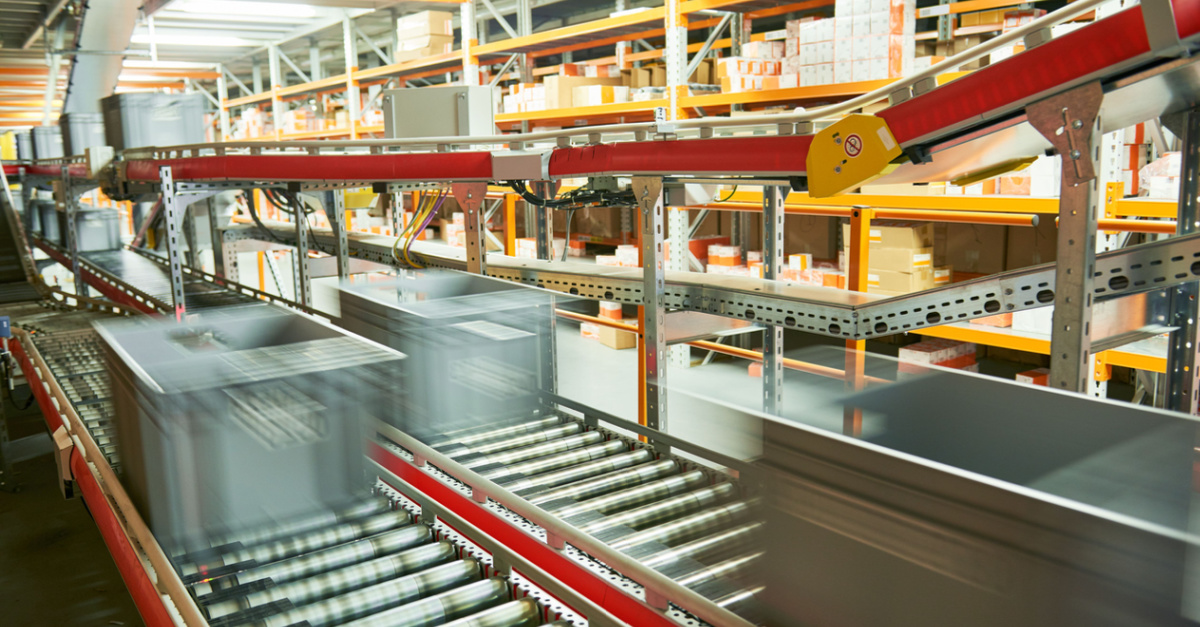Warehouse automation has rapidly transformed how businesses operate in logistics, distribution, and manufacturing. By introducing automated systems, warehouses are becoming more streamlined, precise, and cost-effective, providing businesses with advantages that go far beyond traditional manual processes. Here’s a look at how automation enhances accuracy, efficiency, and cost savings in modern warehouses.
Enhanced Accuracy: Minimizing Human Error
The capacity of automation warehouse to reduce human mistake is one of its biggest benefits. In a manual setup, employees handle everything from picking items to packaging and inventory management. While skilled employees can maintain high levels of accuracy, the probability of errors rises as demand increases or shifts occur. Even minor mistakes, such as misplacing items, picking incorrect products, or mislabeling packages, can lead to costly errors and unhappy customers.
Automated systems reduce these risks by implementing technology like barcode scanners, automated picking systems, and robotics. These tools are programmed to follow exact protocols, reducing the margin for error. For instance, automated picking solutions such as robotic arms and guided vehicles can accurately locate and retrieve items from shelves. With barcode and RFID technology, automated systems can track every item’s location within the warehouse, ensuring accurate stock levels and enabling seamless order fulfillment.
In addition to increasing customer happiness, this degree of precision lowers return, refund, and reshipment expenses, which directly boosts a business’s bottom line.
Increased Efficiency: Accelerating Operations
Efficiency is a crucial factor in warehouse management, especially as customer expectations for fast deliveries continue to rise. Traditional, manual processes are labor-intensive and time-consuming, often resulting in bottlenecks, particularly during peak seasons.
Warehouse automation accelerates various processes by utilizing automated guided vehicles (AGVs), conveyor systems, and sophisticated software. For example, Automated Guided Vehicles can move items across the warehouse floor, minimizing the time employees spend walking back and forth. Automated storage and retrieval systems (ASRS) can handle tasks like placing items in storage or retrieving them for order fulfillment without human intervention.
Moreover, warehouse management systems (WMS) integrated with automation software can streamline order processing, picking, packing, and shipping tasks, optimizing operations to ensure minimal downtime. This software can prioritize orders, assign tasks to available robots, and monitor workflows in real time, providing managers with insights into bottlenecks and underperforming areas. The capacity to gather and evaluate data instantly is a major benefit of automation.
Automating repetitive tasks also allows warehouse staff to focus on more complex, value-added responsibilities, such as quality control or customer service, ultimately enhancing the warehouse’s overall productivity.
Cost-Savings: Reducing Labor And Operational Expenses
Warehouse automation offers substantial cost savings in several ways, from labor expenses to energy efficiency. Labor costs are a significant part of any warehouse’s operational budget, and while human employees remain essential, automation helps reduce the number of workers needed for routine tasks.
Automated systems can handle tasks like picking, packing, and sorting around the clock, reducing dependency on manual labor, especially for tasks that are repetitive or physically demanding. This not only reduces wages but also lowers the costs associated with training, overtime, and employee turnover.
Additionally, automation can lead to savings on storage costs. Automated storage systems are often compact and use vertical space more effectively, allowing businesses to store more products in smaller footprints. As a result, there is less need for extra storage space, which lowers real estate or leasing expenses.
Energy savings are another factor, as automated systems often come with energy-efficient designs. For example, automated lights, heating, and cooling systems can adjust based on activity within the warehouse, conserving energy when areas are inactive. This contributes to lower utility bills and significant cost savings for large warehouses.
Finally, the long-term cost savings from reduced error rates and fewer product returns contribute to profitability. By ensuring accurate and efficient processes, warehouses can prevent costly mistakes that impact customer satisfaction and operational budgets.
Improving Safety Standards
Warehouse automation isn’t just about productivity—it also plays a critical role in enhancing workplace safety. Manual tasks like heavy lifting, transporting goods across the floor, and operating machinery come with inherent risks. These physically demanding or potentially hazardous duties are less often performed by humans when they are automated.
For instance, robotic palletizers can handle heavy lifting and stacking, while AGVs transport goods, reducing the risk of injuries from heavy loads or repetitive strain. Additionally, sensors, cameras, and machine learning can detect potential hazards and take corrective actions automatically. By reducing accidents and injuries, warehouses can save on medical costs, insurance premiums, and compensation claims, all of which impact overall costs.
Data-Driven Insights For Continuous Improvement
The capacity to gather and evaluate data instantly is a major benefit of automation. Through data-driven insights, warehouse managers can continuously monitor performance and identify areas for improvement. Automated systems and software can track metrics such as order accuracy, pick times, and machine usage, allowing managers to pinpoint inefficiencies and implement changes quickly.
Predictive analytics can help anticipate peak demand periods, identify trends in order volumes, and adjust inventory accordingly. This approach helps avoid overstocking or stockouts, both of which can be costly. Accurate data helps businesses make well-informed decisions about labor allocation, space optimization, and inventory management, which eventually leads to more economical operations.
Conclusion
Warehouse automation is no longer a luxury for large enterprises; it’s quickly becoming a necessity for businesses of all sizes. By enhancing accuracy, improving operational efficiency, and reducing costs, automation helps warehouses remain competitive in today’s fast-paced market.
From robotic picking systems to sophisticated warehouse management software, these tools allow warehouses to meet the increasing demands of e-commerce and global supply chains. The long-term benefits of automation—reduced errors, cost-savings, improved safety, and actionable data insights—make it a wise investment that can streamline operations, increase profitability, and help businesses scale efficiently. There will be additional opportunities for warehouse automation as technology develops, giving companies even more chances to improve their distribution and logistics plans.
Keep an eye for more latest news & updates on Forbeszine!




